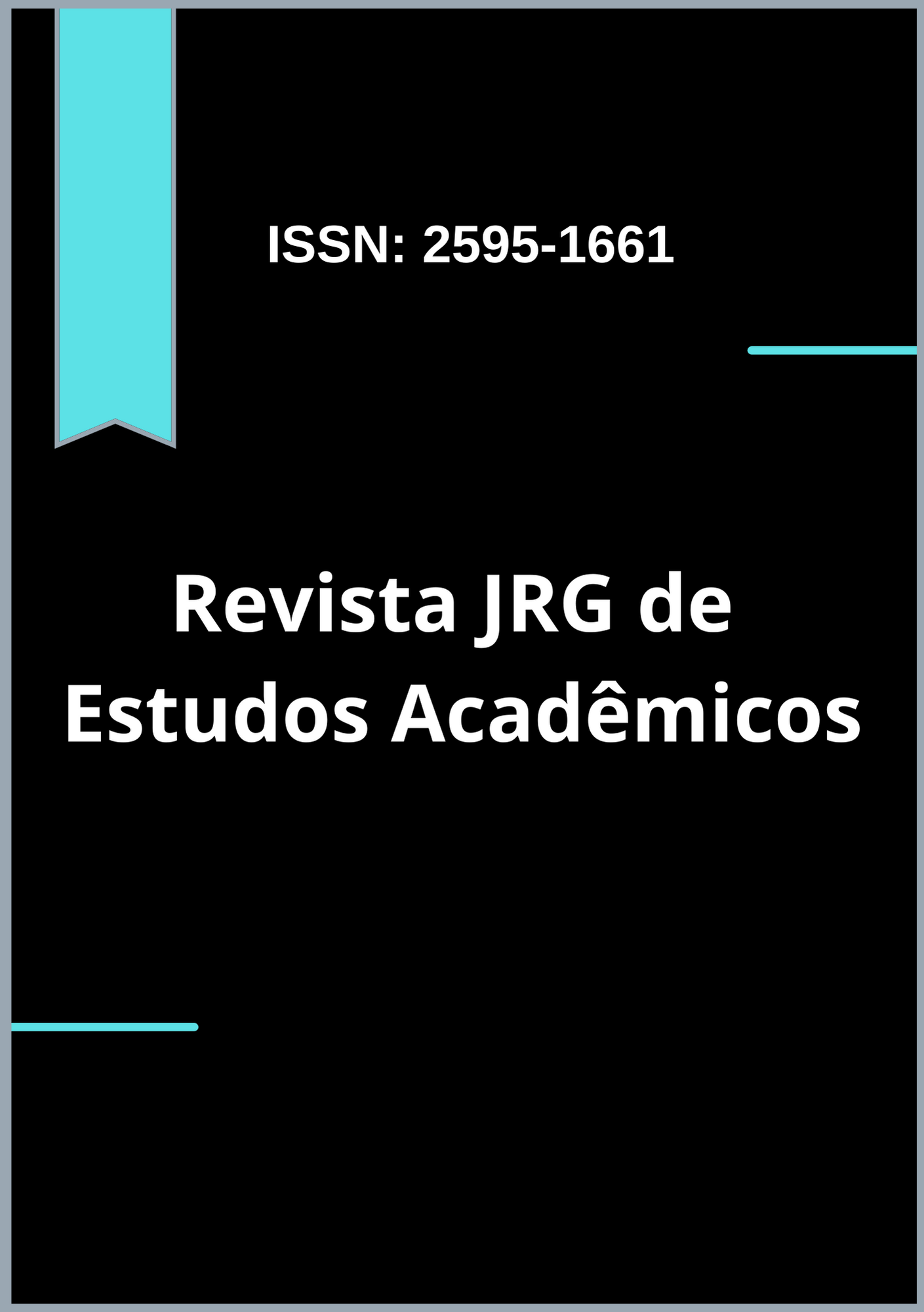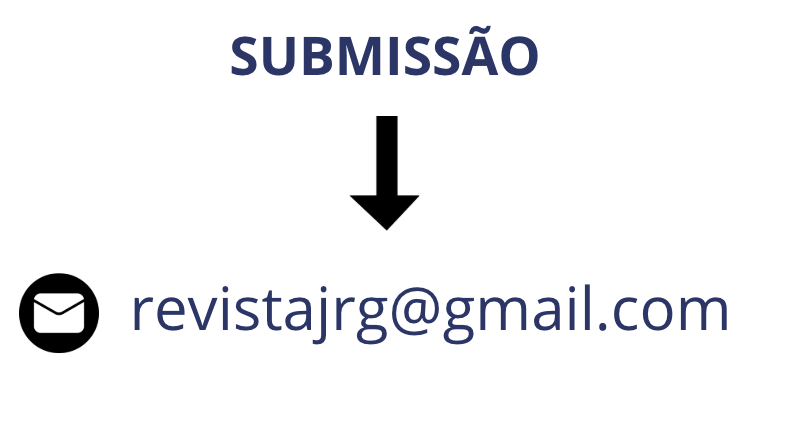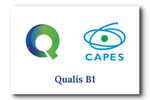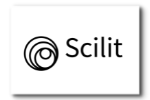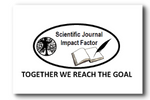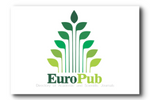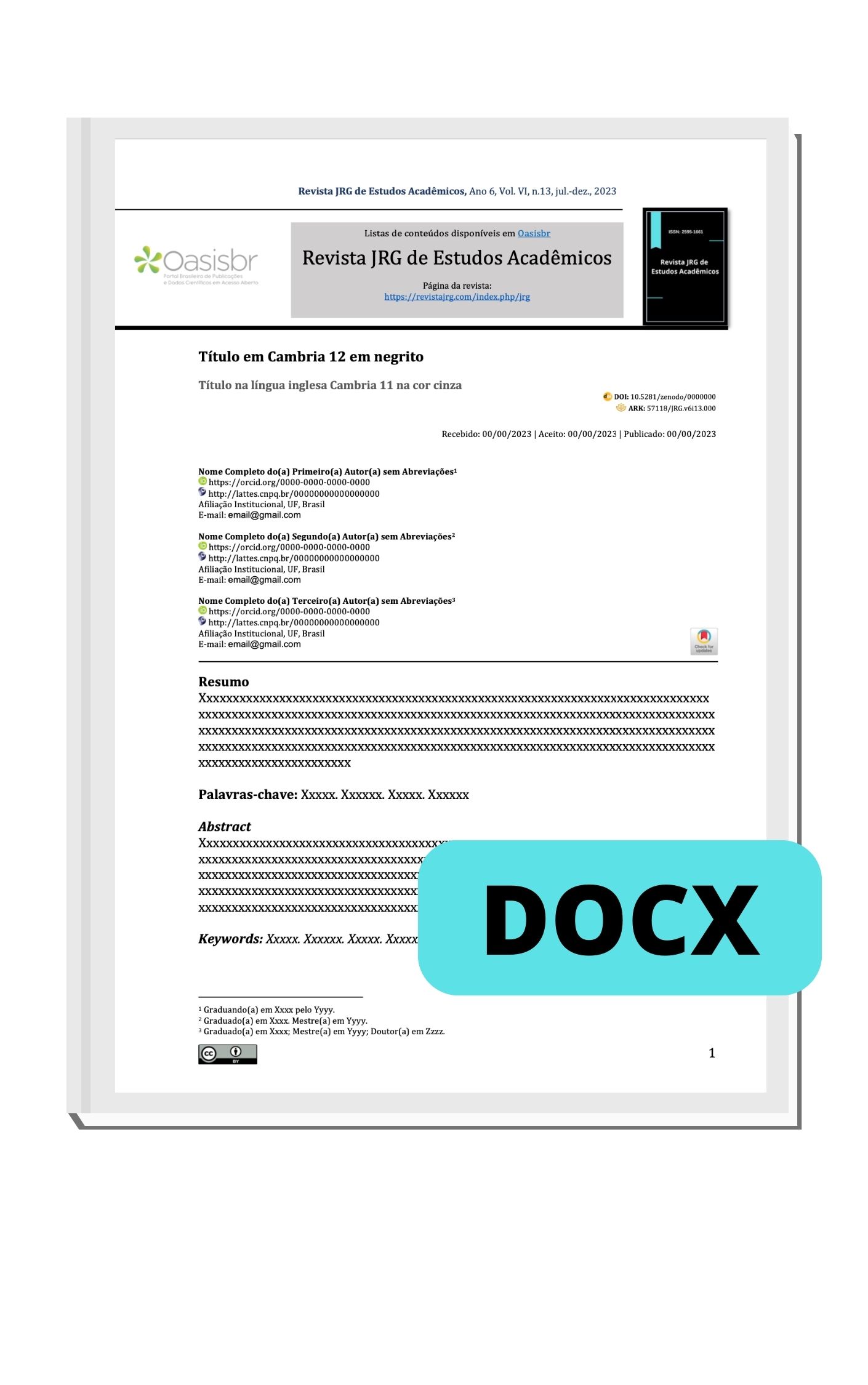FLORESCIMENTO: CARACTERÍSTICAS E DEFINIÇÃO CONSTITUTIVA
DOI:
https://doi.org/10.5281/zenodo.5767443Palavras-chave:
Florescimento. Psicologia Positiva. Bem-estar. Felicidade autêntica.Resumo
O objetivo do artigo é caracterizar conceitualmente o construto florescimento, por meio do resgate das influências históricas na Psicologia Positiva, diferenciação entre os construtos iniciais de bem-estar e felicidade autêntica, a evolução para florescimento e suas diferenciações. O florescimento é um construto descrito por meio de cinco elementos: emoções positivas, engajamento/fluxo, sentido/significado, relacionamentos e realização. Tem aspectos do bem-estar subjetivo e do bem-estar psicológico. É definido como um estado pessoal ótimo, conquistado e sustentado por forças do indivíduo, pode ser estimulado/favorecido pelo contexto e traz consequências positivas em várias dimensões da vida (conquistas, saúde).
Downloads
Referências
Agenor, C.; Conner, N. & Aroian, K. (2017) Flourishing: An Evolutionary Concept Analysis, Issues in Mental Health Nursing, 38:11, 915-923, DOI:10.1080/01612840.2017.1355945.
Bedin, L. M., & Zamarchi, M. (2019). Florescimento no trabalho: Revisão integrativa da literatura. Revista Psicologia: Organizações e Trabalho, 19(1), 549-554. DOI:10.17652/rpot/2019.1.15093.
Boainain Jr., E. (1998). Tornar-se transpessoal: transcendência e espiritualidade na obra de Carl Rogers. São Paulo: Summus.
Butler, J., & Kern, M. L. (2012). The PERMA-Profiler: A brief multidimensional measure of flourishing. International Journal of Wellbeing,6(3), 1-48. DOI:10.5502/ijw.v6i3.526
Cameron, K. S., & Caza, A. (2004). Introduction: Contributions to the discipline of Positive Organizational Scholarship. American Behavioral Scientist, 47: 731-739. DOI:10.1177/0002764203260207
Costa, E. S.; Ferraz, F. T. (2020). Bem-estar, esperança e trabalho humano. Brazilian Journals of Business, v. 2, n. 3, p. 2891-2908, jul. /set. DOI: 10.34140/bjbv2n3-069
Desmarais, D. V., & Savoie, A. (2012). What is psychological well-being, really? A grassroots approach from the organizational sciences. Journal of Happiness Studies, 13(4), 659-668. DOI:10.1007/s10902-011-9285-3
Diener, E., Wirtz, D., Tov, W., Kim-Prieto, C., Choi, D, Oishi, S., & Biswas-Diener, R. (2010). New Well-being Measures: Short Scales to Assess Flourishing and Positive and Negative Feelings. SocIndic Res, 97, 143-156. DOI:10.1037/0033-2909.95.3.542.
Du. D.; Derks, D.; Bakker, A. B. (2018) Daily spillover from family to work: A test of the work-home resources model. Journal of Occupational Health Psychology. v, 23. p. 237-247. DOI:10.1037/ocp0000073.
Faria, M. C. (2018) Florescimento, Bem-Estar e Envelhecimento Saudável. 12º Congresso Nacional de Psicologia da Saúde. ISPA – Instituto Universitário. oai:repositorio.ispa.pt:10400.12/6224
Francisco, R.; Raposo, B. Sesifredo, M. (2018). Promoção da Saúde e Bem-Estar dos Adolescentes: uma Via para o Florescimento? PPRJ., V 1, Number 1. Supplement 2. December. DOI://10.33525/pprj.v1i1.70
Frankl, V. E. (1989). Um sentido para a vida. Aparecida: Santuário.
Fredrikson, B. L., & Losada, M. F. (2005). Positive affect and the complex dynamics of human flourishing. American Psychologist, 60, 678-686. DOI: 10.1037%2F0003-066X.60.7.678
Gabardo-Martins, L. M. D.; Ferreira, M. C.; Valentini, F. (2017) Family Resources and Flourishing at Work: The Role of Core Self-Evaluations. Paidéia (Ribeirão Preto), Ribeirão Preto, v. 27, n. 68, p. 331-33. DOI:10.1590/1982-43272768201711.
Gable, S., & Haidt, J. (2005). What (and Why) Is Positive Psychology? Review of General Psychology, 9, 1089-2680. DOI:10.1037%2F1089-2680.9.2.103
Gokcen, N., Hefferon, K., &Attree, E. (2012). University students’ constructions of “flourishing” in British higher education: An inductive content analysis. International Journal of Wellbeing, 2(1), 1-21, 2012. DOI:10.5502/ijw.v2i1.1.s1.
Gondim, S. M. G., Siqueira, M. M. M. (2014) Emoções e afetos no trabalho. Zanelli, J. C., Borges-Andrade, J. E., & Bastos, A. V. B. (org.). Psicologia, organizações e trabalho no Brasil. Porto Alegre: Artmed.
Huppert, F. A., & So, T. C. (2009). What percentage of people in Europe are flourishing and what characterises them? presented at the meeting of the OECD/ISQOLS meeting, July 23/24, Florence.
Huppert, F. A. & So, T. T. C. (2013). Flourishing Across Europe: Application of a New Conceptual Framework for Defining Well-Being. Social Indicators Research, 110(3), 837-861. https://dx.doi.org/10.1007%2Fs11205-011-9966-7
Jankowski, P.J.; Sandage, S.J.; Bell, C.A.; Davis, D.E.; Porter, E.; Jessen, M.; Motzny, C.L;, Ross, K.V.; Owen, J. (2020) Virtue, flourishing, and positive psychology in psychotherapy: An overview and research prospectus. Psychotherapy (Chic). Sep;57(3):291-309. DOI: 10.1037/pst0000285.
Keyes, C. L. M. (2002) The Mental Health Continuum: From Languishing to Flourishing in Life. Journal of Health and Social Behavior, 43(2), 207-222. DOI:10.2307/3090197.
Keyes, C. L. M. (2005). Mental Illness and/or Mental Health? Investigating Axioms of the Complete State Model of Health. Journal of Consulting and Clinical Psychology, 73(3), 539-548. DOI: 10.1037/0022-006X.73.3.539
Keyes, C. L. M. (2007). Promoting and protecting mental health as flourishing. A complementary strategy for improving national mental health. American Psychologist, 62(2), 95-108. DOI: 10.1037/0003-066X.62.2.95
Khwaja, M. (2020) PERMA and dentistry: a model on how to flourish in practice. BDJ In Pract 33, 26–27. https://doi.org/10.1038/s41404-020-0335-6
Machado, F. A.; Gurgel, L. G.; Reppold, C. T. (2017) Intervenções em Psicologia Positiva na reabilitação de adultos e idosos: revisão da literatura. Estudos de Psicologia, 34(1), 119-130, jan – mar, Campinas. DOI:10.1590/1982-02752017000100012.
Marx, M. H. &Hillix, W. A. (1995). Sistemas e teorias em psicologia. Editora Cultrix.
Maslow, A. H. (1954). Motivation and personality. New York, NY: Harper.
Noble, T., & McGrath, H. (2015). PROSPER: A New Framework for Positive Education. Psychology of Well-Being Theory, Research and Practice, 5(2), 1-15. DOI:10.1186/s13612-015-0030-2.
Park, N., Peterson, C., & Seligman, M. E. (2004). Strengths of character and well-being. Journal of Social and Clinical Psychology, 23, 603–619. DOI:10.1521/jscp.23.5.603.50748
Pasquali, L. (1998). Princípios de elaboração de escalas psicológicas. Rev. psiquiatr. clín. (São Paulo);25(5):206-13.
Pasquali, L. (2010). Instrumentação Psicológica – Fundamentos e Práticas. Porto Alegre, RS. Artmed.
Pasquali, L. (2020) (manuscrito não publicado).
Pavot, W., & Diener, E. (2013). Happiness experienced: The science of subjective well-being. David, S., Boniwell, I., & Ayers, A. C. (Eds.). The Oxford Handbook of Happiness.134-151.
Pereira, I.S. (2007) A vontade de sentido na obra de Viktor Frankl. Psicol. USP 18 (1) Mar. DOI: 10.1590/S0103-65642007000100007
Pereira, D.& Araújo, U. F. (2018). Uma reflexão sobre a busca e o significado da felicidade. Revista Educação e Linguagens, Campo Mourão, v. 7, n. 12, jan./jun.
Peterson, C. & Park, N. (2009) Classifying and measuring strengths of character. In S. J. Lopez, & C. R. Snyder (Eds.), Oxford handbook of positive psychology, 2a edição (pp. 25-33). New York: Oxford University Press.
Redelinghuys, K. Rothmann, S. Botha, E. (2018) Flourishing-ar-work: The Role of Positive Organizational Practices. Journal Psycholagical Reports. P. 1-23. DOI: 10.1177/0033294118757935
Rensburg, C. J.; Rothmann, S. & Diedericks, E. (2018) Job demands and resources: Flourishing and job performance in South African universities of technology settings. Journal of Psychology in Africa, 28:4, 291-297, DOI:10.1080/14330237.2018.1501881.
Rosa, B.N., Milhomem, A.H.C.S.; Moraes-Filho, I. M.; Santos, O. P.; Frasca, L. L. M.; Fidelis, A. (2019). Florescimento organizacional e rotatividade. Rev Inic Cient Ext. 2(2): 76-80.
Ryan, R. M., & Deci, E. R. (2001). On happiness and human potentials: a review of research on hedonic and eudaimonic well-being. Annual Review of Psychology, 52, 141-166. DOI:10.1146/annurev.psych.52.1.141
Satici, S. A., Uysal, R., & Akin, A. (2013) Investigating the relationship between flourishing and self-compassion: a structural equation modeling approach. Psychologica Belgica, 53(4), 85-99. DOI:10.5334/pb-53-4-85
Schotanus-Dijkstra, M. Pieterse, M. E., Drossaert, C. H. C., Westerhof, G. J., Graaf, R., Have, M., Walbrug, J. A., &Bohlmeijer, E. T. (2016). What Factors are Associated with Flourishing? Results from a Large Representative National Sample. J Happiness Stud, 17, 1351-1370. DOI:10.1007/s10902-015-9647-3
Scorsolini-Comin, F., Fontaine, A. M. G. V., Koller, S. H., & Santos, M. A. (2013). From authentic happiness to well-being: The flourishing of positive psychology. Psicologia: Reflexão e Crítica, 26(4), 663-670. DOI:10.1590/S0102-79722013000400006
Seligman, M. E. P. (2004). Authentic happiness: Using the new positive psychology to realize your potential for lasting fulfillment. New York: Free Press.
Seligman, M. E. P. (2011). Florescer – uma nova e visionária interpretação da felicidade e do bem-estar. Rio de Janeiro: Objetiva.
Seligman, M. (2018). PERMA and the building blocks of well-being, The Journal of Positive Psychology, 13:4, 333-335, DOI: 10.1080/17439760.2018.1437466
Seligman, M. (2019) Positive Psychology: A Personal History. Annu. Rev. Clin. Psychol. 15:1–23. DOI:10.1146/annurev-clinpsy-050718-095653.
Seligman, M. E. P., & Csikszentmihalyi, M. (2000). Positive Psychology An Introduction, American Psychologist, 55(1), 5-14. DOI: 10.1037/0003-066X.55.1.5 ·
Sousa, J. M.; & Porto, J. B. (2015). Happiness at Work: Organizational Values and Person-Organization Fit Impact. Paideia, 25(61), 211-220. DOI:10.1590/1982-43272561201509.
VanderWeele, T. J. (2017) On the promotion of human flourishing. Proceedings of the National Academy of Sciences. Aug, 114 (31) 8148-8156; DOI: 10.1073/pnas.1702996114.
Waterman, A. S. (1993) Two Conceptions of Happiness: Contrasts of Personal Expressiveness (Eudaimonia) and Hedonic Enjoyment. Journal of Personality and Social Psychology, 64, 678-691. DOI: 10.1037/0022-3514.64.4.678
Wong, P. T. P. (2020) . The maturing of positive psychology and the emerging PP 2.0: A book review of Positive Psychology (3rd ed.) by William Compton and Edward Hoffman. International Journal of Wellbeing, 10(1), 107-117. DOI:10.5502/ijw.v10i1.885
Downloads
Publicado
Como Citar
Edição
Seção
Licença

Este trabalho está licenciado sob uma licença Creative Commons Attribution 4.0 International License.
